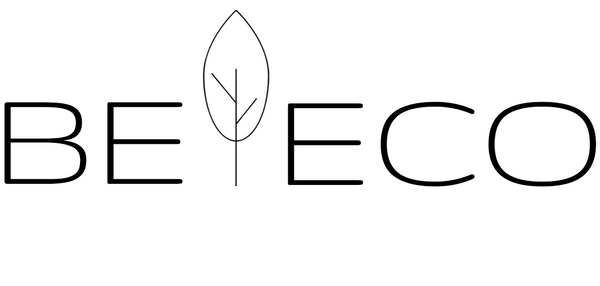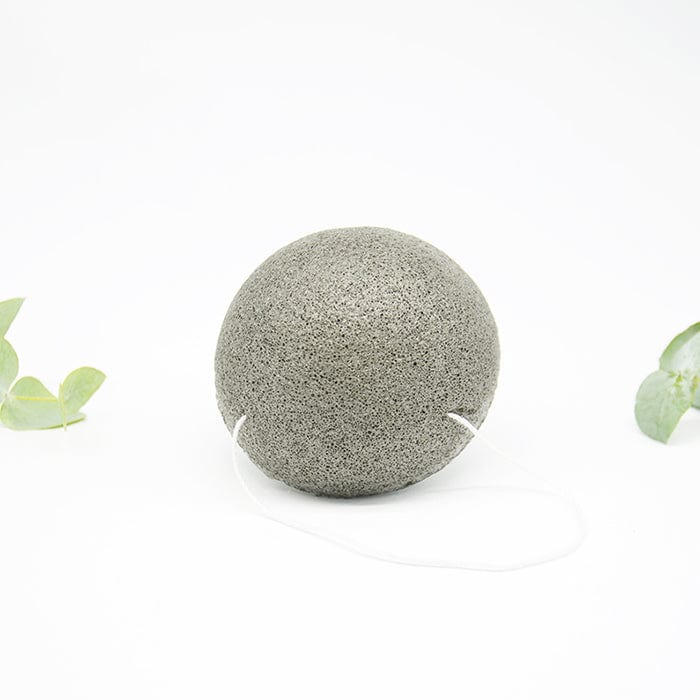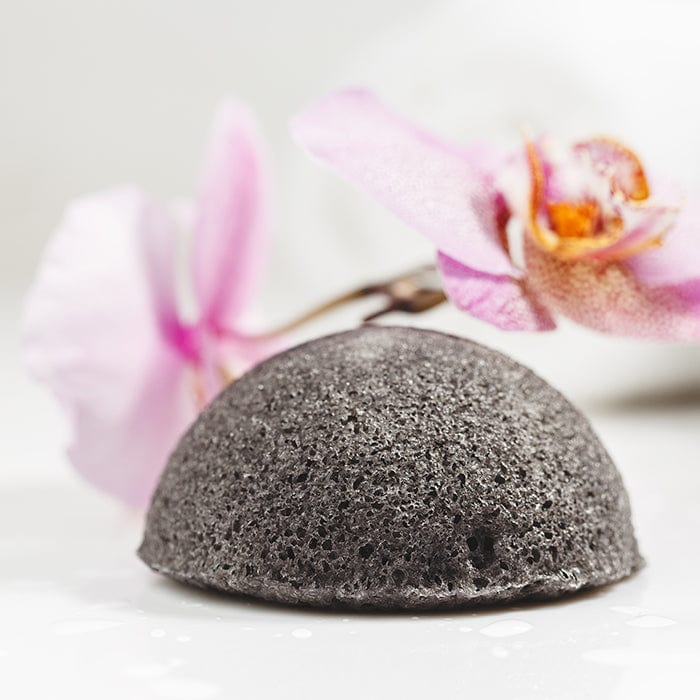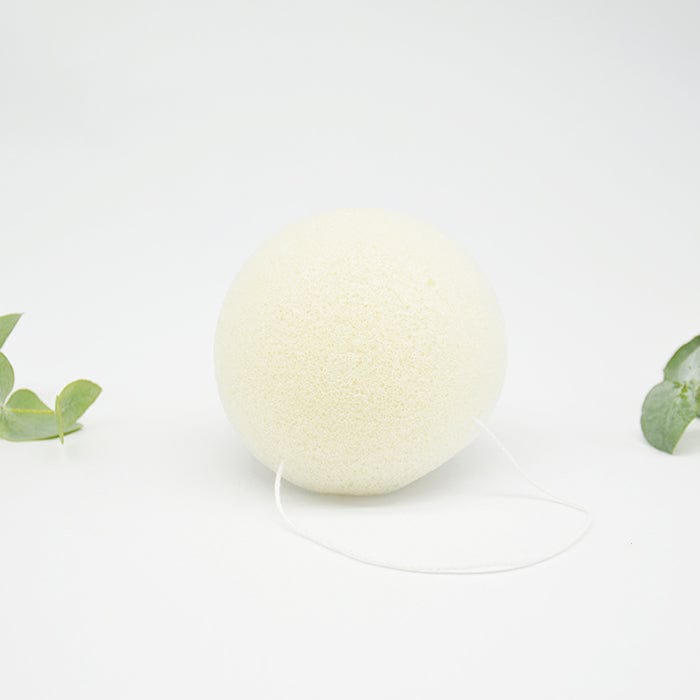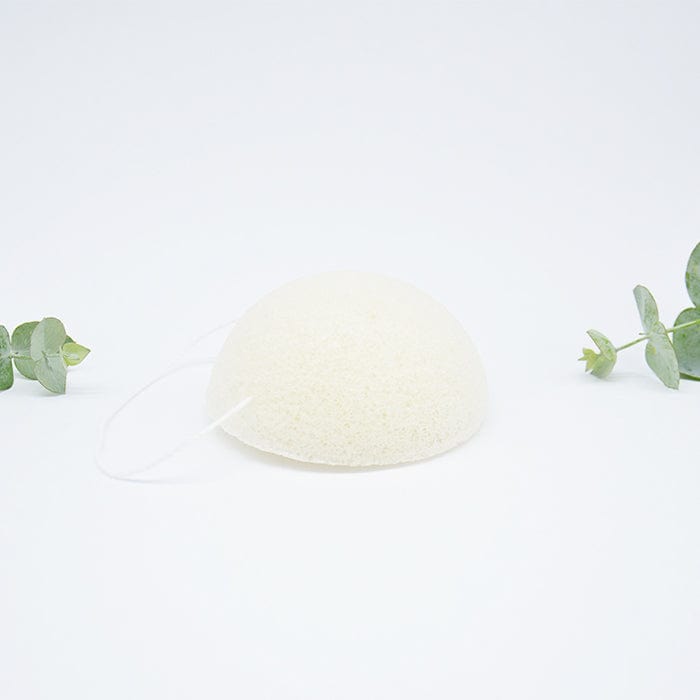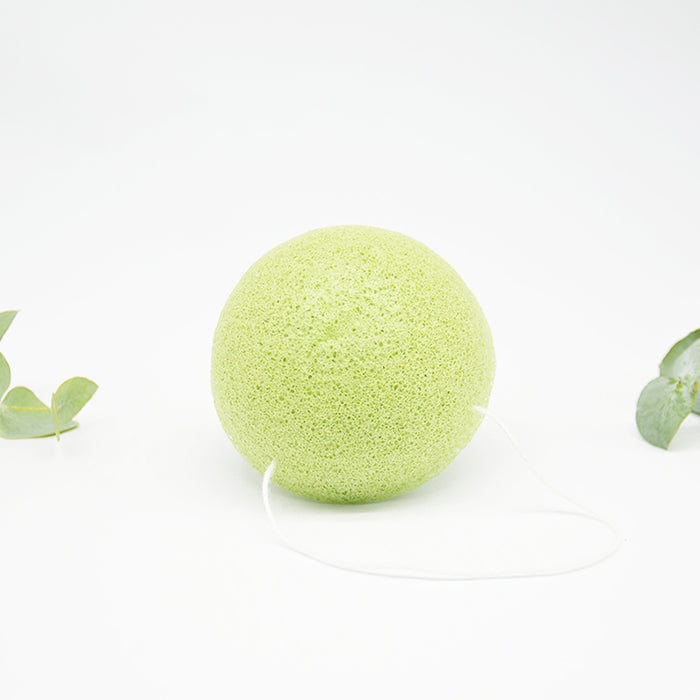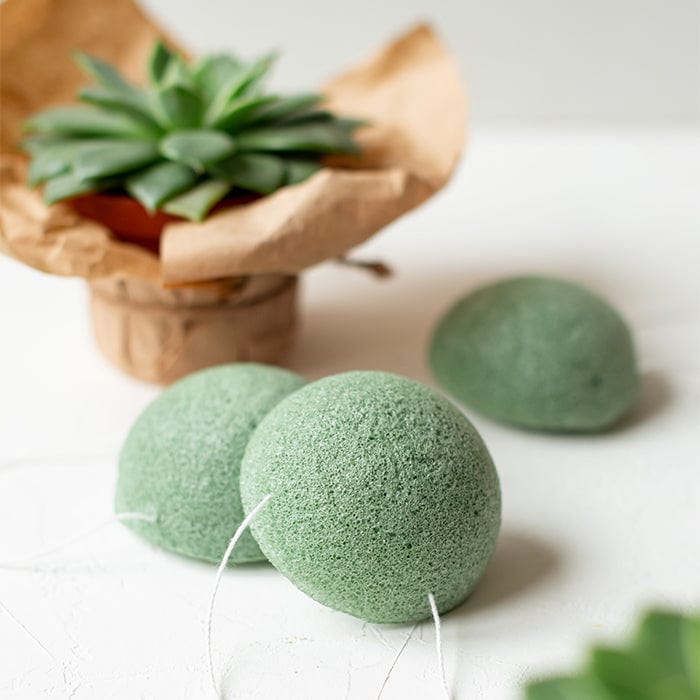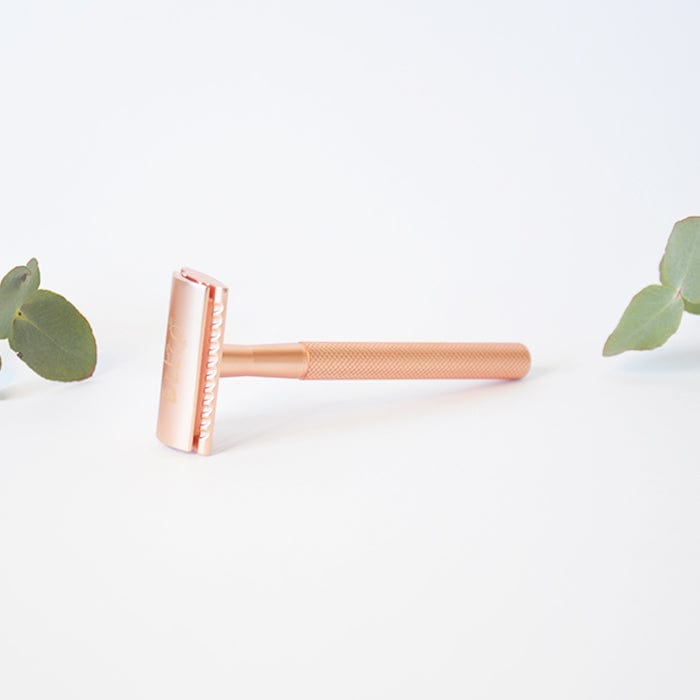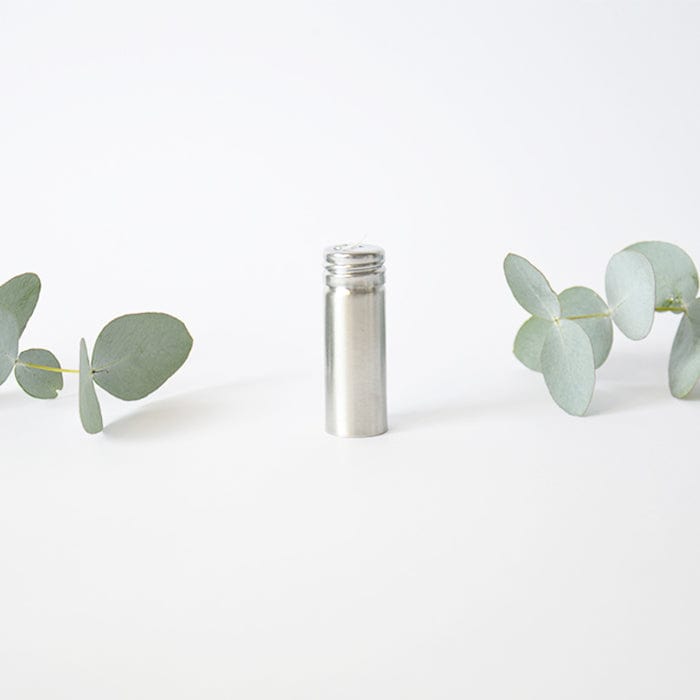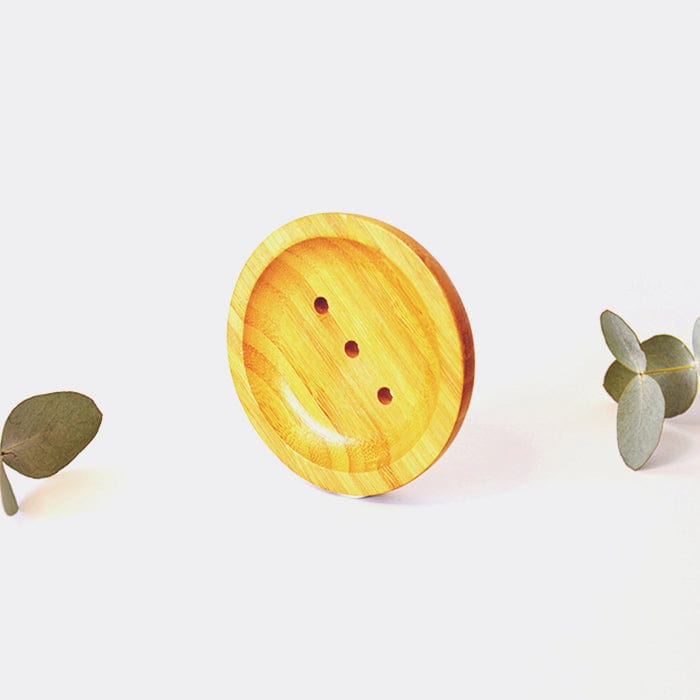Konjac Sponges
Filter
Sort by:
As people have started paying a closer attention to what they consume and how it impacts the environment, sustainable alternatives are increasingly making their way into our lives. One product that has been rising in popularity among eco-conscious consumers and skin care enthusiasts is the konjac sponge Australia has recently experienced a surge in the availability of these eco sponges.
They are zero-waste skin care product that is suited to daily use and all skin types. If you are striving to have a plastic free bathroom, then this is a great addition. What has made these chemical-free sponges popular among young people is also the rise of Korean culture worldwide.
What is a Konjac Sponge?
A Konjac Sponge is a deep cleansing, plant-based skin care product made from the root of a konjac plant. The sponge is made from a porous root vegetable found chiefly in Korea, Japan, and China. It can be used for cleansing and removing makeup. The sponge can offer a soothing cleanse by just adding warm water and is gentle enough for daily use.
Amorphophallus konjac or simply konjac has been used for hundreds of years in Asia in everything from medicine, cuisine, and skin care. Konjac sponges are suitable for sensitive skin types that may become easily irritated with more common exfoliating tools (such as loofahs or washcloths). In fact, originally konjac root was used to bathe new-born babies in Japan due to its soft texture.
Can Konjac Sponge cause breakout?
Konjac Sponges are not known for causing breakouts. According to Dermatologist Dr. Rita Linker of Spring Street Dermatology in New York “A konjac facial sponge is a way to physically exfoliate the skin to remove dead skin cells for glowing, more radiant skin,”. However, we cannot deny that in some rare cases people may be allergic to an ingredient used in the konjac sponge. We recommend those with skin related conditions spot test the sponge on another part of your body before applying to your face.
Cleaning your sponges properly is also crucial. It could be possible that a dirty konjac sponge may lead to breakouts.
How to clean Konjac Sponge?
Maintenance of konjac facial sponges is surprisingly easy. Most care has to be taken immediately after use:
- Squeeze out all the excess water to avoid bacteria and germs.
- Make sure you air dry your sponge in a well ventilated spot.
- You can even store your sponge in the fridge to keep it fresh (it is a vegetable, isn’t it?) but if you allow it to dry between uses, your sponge will stay clean and last longer.
- If your sponge begins to smell that is a sign that bacteria may be present, so we recommend sanitising it or discarding it
- Once a week, you can let your sponge soak in warm water with a few drops of tea tree oil then allow to dry in the sun.
How long do Konjac Sponges last?
It is advised to replace your sponge every 4-6 weeks. In case the sponge has torn, begins to smell or there is a sign of mold growth, immediately discard your sponge
